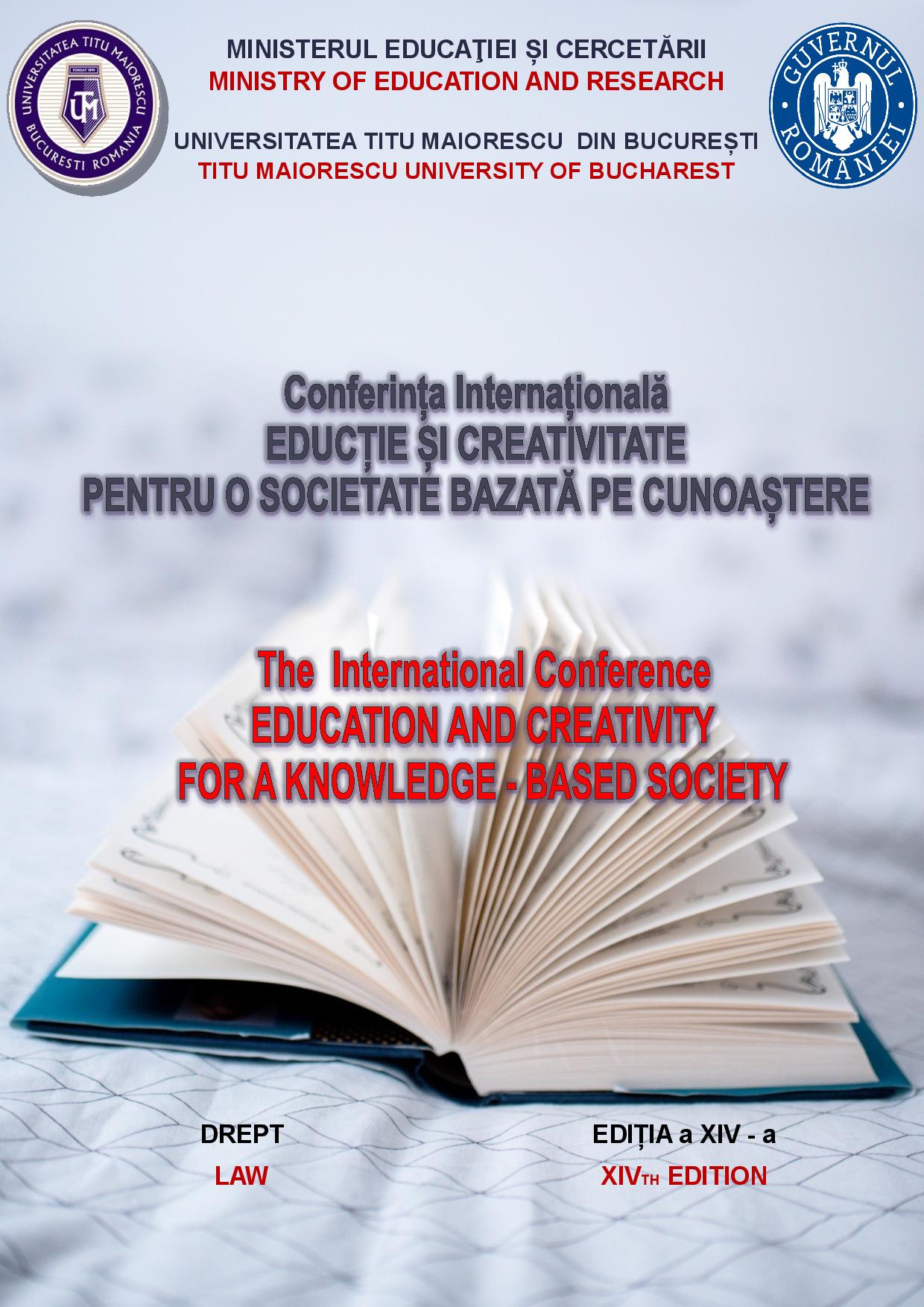ASPECTS REGARDING THE EVOLUTION OF THE COMMUNIST REGIME IN ROMANIA (1945-1989)
ASPECTS REGARDING THE EVOLUTION OF THE COMMUNIST REGIME IN ROMANIA (1945-1989)
Author(s): Andrei TinuSubject(s): Law, Constitution, Jurisprudence, History of Law
Published by: Österreichische Nationalbibliothek Wien/ Österreichisch-Rumänischer Akademischer Verein
Keywords: communist regime; evolution; Romania;
Summary/Abstract: At the end of the second world war,despite itscontribution to the defeat of Nazi Germanyand the fact that it reduced the duration of the war by at least six months, Romania entered the sphere of influence of theUnion of Soviet Socialist Republics (USSR);Bucharest being occupied for almost five decades by the totalitarian communist regime. The evolution of communism would know two important stages: the first, that of an imported communism, in which orders were given directly from Moscow, and a second stage, that of the so-called national communism. The regime was established in a brutal manner, with the help of the soviet army, and brought on the suppression of the Romanian political opposition, intellectuality and spirituality. The leaders of historical parties, of religious cults, historians and philosophers were all thrown in prison or sent to work on the Danube–Black Sea Canal. The second stage corresponds to a policy of independence, at least declaratively, from Moscow. NicolaeCeaușescu, who rose to power after the death of Gheorghe Gheorghiu-Dej, in May 1965, would develop and implement the idea of a national communism. Through the present article we attempt a short excursion into the recent history of Romania, with a focus on the main political institutions existing between 1945 and 1989.
Journal: Conferința Internațională Educație și Creativitate pentru o Societate Bazată pe Cunoaștere - DREPT
- Issue Year: XIV/2020
- Issue No: XIV
- Page Range: 145-150
- Page Count: 6
- Language: English

